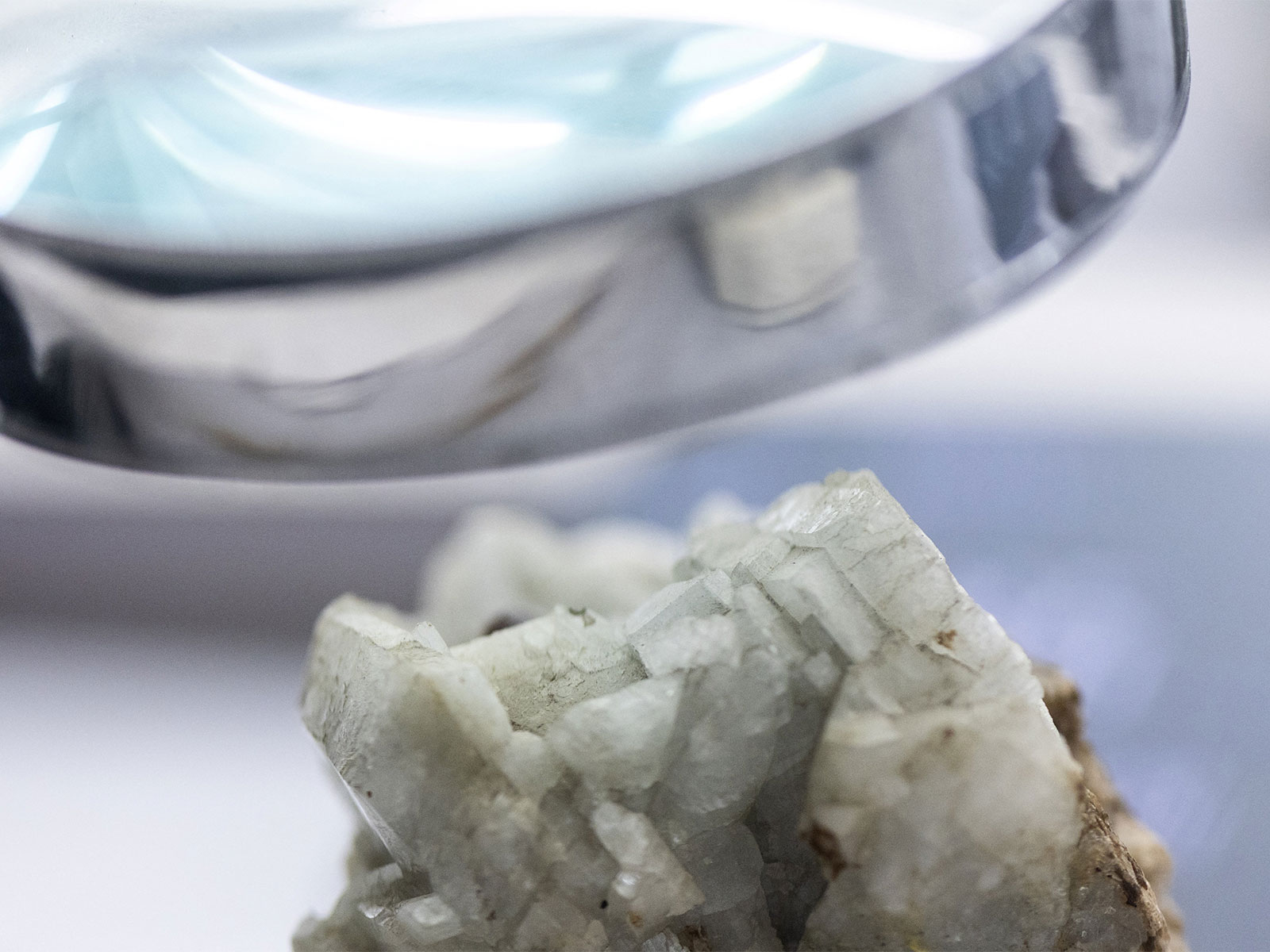India Emerging as Global Linchpin in Rare-Earth Supply Chain
India is set to diversify the global rare-earth supply chain, moving beyond raw material potential towards refining and manufacturing capabilities. As China eases export control pressure for a year, India is positioning itself as a key player with support from major economies, including the US and Japan.

- Country:
- India
India is on the brink of becoming a major player in the global rare-earth supply chain, capitalizing on a temporary reprieve from China's export controls agreed upon during the Trump-Xi summit. This pause presents India with a critical opportunity to enhance its refining and magnet-making capabilities, thus strengthening its position in the market.
The country's vast reserves of rare-earth minerals, found in its beach-sand deposits, offer significant raw material potential. However, past limitations in processing capacity and environmental regulations have slowed progress. Developments are now underway, according to Jianli Yang's analysis in The Diplomat, with India expected to emerge as a key pillar alongside the US and Japan in a democratic rare-earth network.
The easing of tensions between Washington and Beijing, initiated at the summit in Busan, provides India a 'breathing space' to solidify its strategy. Already, Indian companies like Sona Comstar are investing in magnet production lines, and state entities such as Indian Rare Earths Ltd. are ramping up refining capabilities. Additionally, the Indian Space Research Organisation is contributing high-purity separation technologies.
India's moves are bolstered by international strategic partnerships, particularly within the Quad framework, which includes the US, Japan, and Australia. These partnerships focus on joint exploration, co-financing, and technology transfer, enhancing India's credibility and capacity in the rare earths domain. As the fifth largest economy, India not only provides scale but also a robust manufacturing base for downstream industries, unlike smaller producers like Australia and Brazil.
While Australia and Brazil contribute essential resources, they alone cannot rival China's dominance. India's strategy of linking supply diversification with market demand promises to alter this dynamic. Through consumption, export, and strategic partnerships, India aims to become a leader in both production and processing.
The strategy aligns with Prime Minister Narendra Modi's 'Atmanirbhar Bharat' initiative, enjoying broad political support. Analysts recommend that the US view India as a cornerstone of a new 'rare earth alignment,' facilitating co-financing of magnet plants through US International Development Finance Corporation loans or EXIM guarantees.
Reciprocal stockpiles and fast-tracked technology sharing on refining and waste treatment are crucial for India's advancement, reducing costly trial-and-error phases. Furthermore, the integration of rare earth cooperation into the core agenda of the Quadrilateral group, akin to naval or semiconductor partnerships, is recommended.
India's burgeoning high-tech manufacturing sector demonstrates its capability to thrive when strategic goals and financial incentives intersect. The Modi government's industrial strategy, coupled with international support, positions India as a significant player in the global rare-earth market, with the potential to shift the geopolitical landscape.
If key global players such as the US, Japan, Australia, and Brazil support India's rise as a reliable supplier and processor, they could foster a more pluralistic rare-earth market. This development would not only enhance supply chain resilience but also provide greater geopolitical stability, according to Jianli Yang's analysis in The Diplomat.
ALSO READ
-
Pakistan's Nuclear Intentions: From Countering India to Supporting Islamic Nations
-
India and New Zealand Propel Forward with FTA Negotiations
-
Rhesus Macaque Gains Legal Protection Boost in India
-
Revolutionizing the Mat: India’s Women Wrestlers Rise in Pro Wrestling League 2026
-
India-Chile: Forging a Path for Comprehensive Economic Partnership with Critical Minerals at the Forefront









